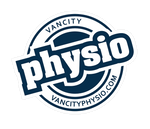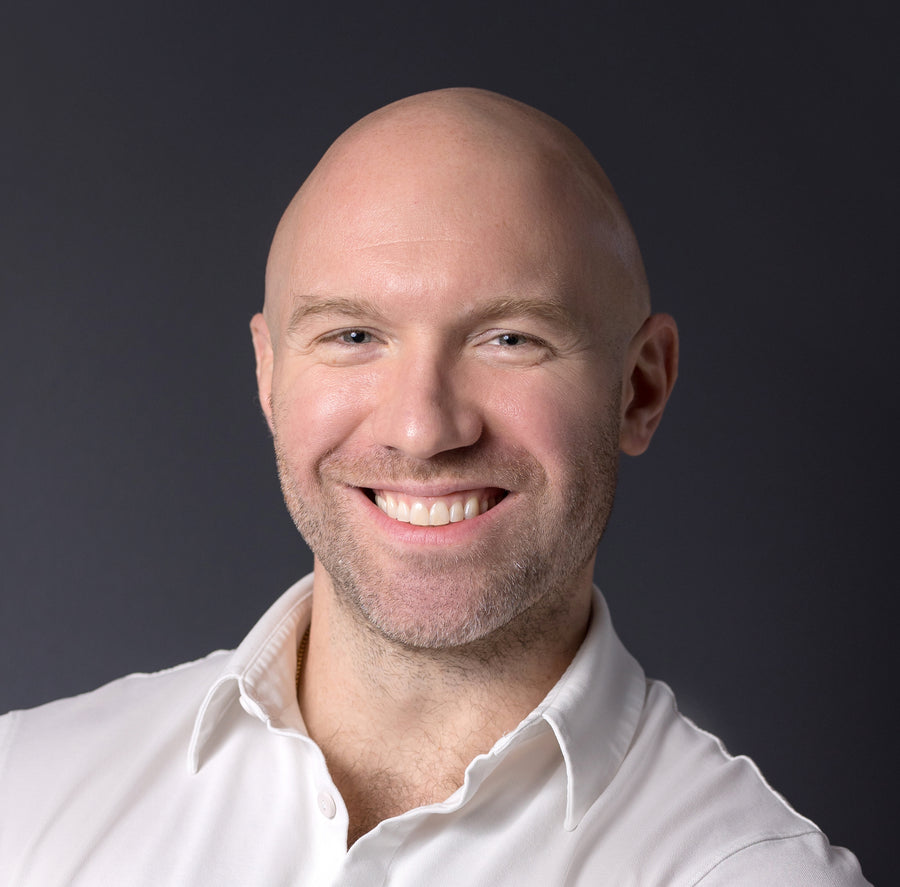Concussions, often labeled as “mild” traumatic brain injuries, can have major impacts on physical, cognitive, and emotional well-being. Whether from sports, a fall, or an accident, early intervention and proper care are crucial. Physiotherapy plays a vital role in concussion recovery beyond just rest.
In this blog, we'll break down how physiotherapy helps with concussion recovery and what to expect during treatment.
🧠 What Is a Concussion?
A concussion occurs when the brain moves rapidly within the skull due to a sudden impact. It can cause a variety of symptoms, including:
-
Headaches
-
Dizziness
-
Fatigue
-
Neck pain
-
Visual disturbances
-
Difficulty concentrating
-
Nausea
-
Sensitivity to light or noise
👩⚕️ Why Physiotherapy for Concussions?
Physiotherapy addresses many of the physical symptoms caused by a concussion, especially those that don’t resolve with rest alone. Trained physios provide targeted therapy to treat:
-
Vestibular dysfunction (balance and dizziness)
-
Cervicogenic symptoms (neck pain and headaches)
-
Visual tracking issues
-
Exercise intolerance
✅ Key Components of Concussion Physio Therapy
1. Initial Assessment
The first step involves a comprehensive evaluation of:
-
Balance and coordination
-
Eye tracking and reflexes
-
Neck movement and tension
-
Heart rate response to activity
-
Post-concussion symptoms inventory
This helps the therapist tailor a specific rehab plan.
2. Vestibular Rehabilitation
If you feel dizzy, off-balance, or disoriented, this part’s for you. Your physio may guide you through:
-
Gaze stabilization exercises
-
Head and eye coordination drills
-
Habituation exercises to reduce motion sensitivity
3. Neck (Cervical) Therapy
Often, concussion symptoms overlap with whiplash. A stiff or injured neck can cause:
-
Headaches
-
Dizziness
-
Limited range of motion
Treatment may include:
-
Manual therapy
-
Gentle stretches
-
Posture correction
-
Strengthening exercises
4. Graded Exercise Program
Return-to-play or return-to-life protocols aren’t just about rest — movement matters. Controlled, sub-symptom threshold exercise improves:
-
Blood flow to the brain
-
Energy levels
-
Recovery speed
Examples:
-
Treadmill walking or stationary cycling with HR monitoring
-
Stepwise increase in intensity based on symptoms
5. Vision Therapy Support
For those with eye strain, blurry vision, or difficulty focusing:
-
Smooth pursuit and saccade exercises
-
Peripheral vision training
-
Eye-hand coordination drills
Your physio may work alongside an optometrist or neuro-ophthalmologist if needed.
6. Education & Lifestyle Coaching
Recovery is a 24/7 process. Physios often guide:
-
Sleep hygiene
-
Stress management
-
Screen time control
-
Nutrition advice (in collaboration with dietitians)
⏳ How Long Does Recovery Take?
Everyone’s timeline is different, but with physio-led care:
-
Most mild concussions improve in 2–4 weeks
-
Persistent symptoms (post-concussion syndrome) may take several months of guided rehab
The key is personalized, progressive care — and not rushing the process.
💡 Final Thoughts
Concussion therapy in physiotherapy is not just symptom management it’s an active, science-based approach to healing. If you or someone you know is dealing with concussion symptoms that aren't improving, it might be time to connect with a trained concussion physio.
Recovery is possible — and physio can help you get there. Book an Initial Assessment Today!


